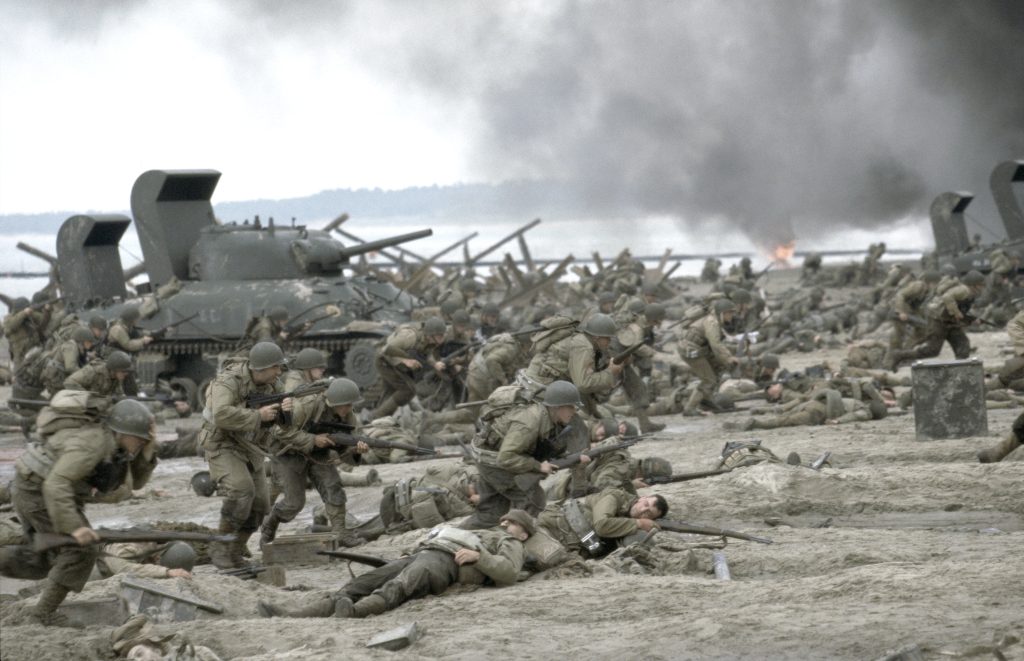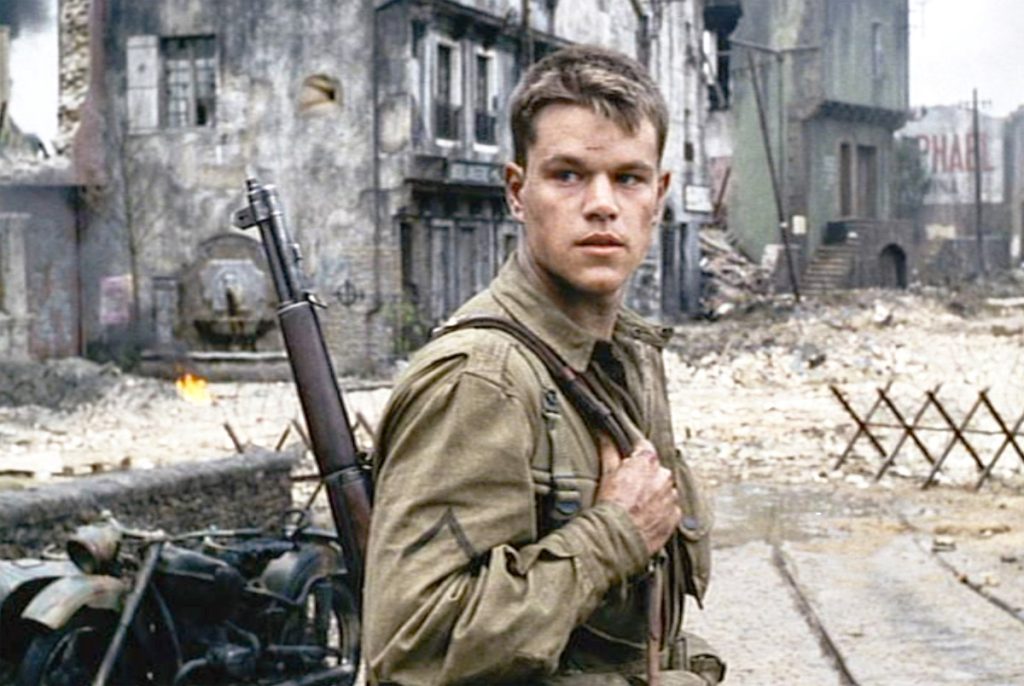In 1998, the American war film “Saving Private Ryan”, directed and produced by the famous American director Steven Spielberg, became a phenomenon of that year, with the famous actor Tom Hanks playing Captain Miller and Matt Damon playing Private Ryan. The film won the American Film Critics Association Award and the 1999 Golden Globe Award for Best Drama and Best Director for its excellent camera language and connotation; it also won the 1998 Academy Awards for Best Director, Best Cinematography, Best Film Editing, Best Sound and Best Sound Effects.

The film tells the story of an American family during World War II, four brothers all went to the front, three of them have been killed in battle, the fourth named Ryan is dead or dying. The U.S. military couldn’t bear to give the fourth death notice to their elderly mother, so they sent an eight-person task force to the battlefields to find Private Ryan and bring him home alive to give his mother one last bit of comfort. After all the hardships, Ryan is finally found and saved, while the members of the special ops team successively die for their country. The whole play is a powerful and powerful artistic impact, which is performed through the flashbacks of Ryan’s later years when he is paying tribute to the martyrs.

In “Saving Private Ryan,” Spielberg tries to make the battlefield scenes emphasize the blood and brutality of gunfire, so the performance of the battle does not depend on big scenes compared to most movies. Spielberg refused to use traditional methods of shooting war films, believing that such grandiose emptiness did not convey the horrors of war. Instead, he used documentary handheld filming methods. With camera techniques, artistic environment and special effects, it shows the texture of a war documentary, portraying the deep connotation of soldiers fighting fiercely in war and saving humanity.

In the film, Spielberg used a large number of medium and close shots to capture the tragedy, suffering and heroism of the people in the war, giving the film a multi-angle, multi-faceted, detailed and rich form of expression. The landing ship fired bullets, shells roared, soldiers were shot, you can see that the film is not limited to the surface of the macro battle, but to give the typical details of the characters, instant flesh and blood and bullets burst, produced a shocking visual impact, sophisticated use of camera language to control the pace and mood of the film.

And in Spielberg reproduced the brutality of war, but also to do further digging into the story. This brutality is not only reflected in the visuals, but also permeates the subtle psychological descriptions and detailed representations. Spielberg wants the audience to see the real war, to understand its consequences, and to create a fear of death and disgust for war from the camera art.
What the film tries to convey is that war can only be stopped by human sacrifice, and acknowledging the fear of war is a necessary thing. The film has a strong impact.

Throughout the film, “Saving Private Ryan” is a very good war film, the film has magnificent sound effects, thrilling plot and unique narrative, as one of the most realistic war films of the year, the film has realistic cinematography and exquisite post-editing, allowing the viewer to gain an immersive experience in the fierce conflict and deep thinking about war and human nature, it can be said that this is one of the Spielberg shooting It can be said that this is one of Spielberg’s war films that can go down in the history of cinema as a classic work.
